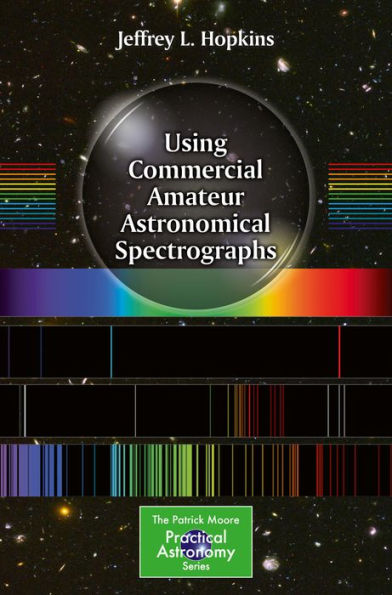Jeffrey Hopkins was born and raised in upstate New York. The area instilled a wonder of the night sky with its multitude of stars and interesting objects, but most of the time clouds prevented astronomical observing. In 1974, he moved to Arizona, an ideal place for practical astronomy. Even in suburban Phoenix, the night skies are clear most of the time, and in the early 1980s Hopkins discovered astronomical photometry: this is real science that can be done from a backyard! He built his own UBV photon-counting photometer and spent the next 30 years on astronomical photoelectric photometry. In 2006 he was introduced to small telescope spectroscopy and was amazed at what could be done even with a small telescope from a Phoenix backyard. In the Spring of 2012 Hopkins had the honor of having the Minor Planet 187283 assigned to him. He was presented with the 2012 Amateur Achievement Award at the August 2012 meeting of the Astronomical Society of the Pacific.
Hopkins's publications include Zen and the Art of Photoelectric Photometry (1990), Workbook for Astronomical Photoelectric Photometry (1990, co-author Dr. Paul Schmidtke), AutoStar CCD Photometry (2007, co-author Gene Lucas), Epsilon Aurigae A Mysterious Star System (2008, co-author Dr. Robert Stencel), and Small Telescope Astronomical Spectroscopy (2012). He has had articles published in Astronomy, and Sky & Telescope magazines, and is the author of over 50 professional papers, including several presented at the Society for Astronomical Sciences Symposiums in Big Bear, California. In January 2011 he presented to the American Astronomical Society meeting in Seattle, Washington.



